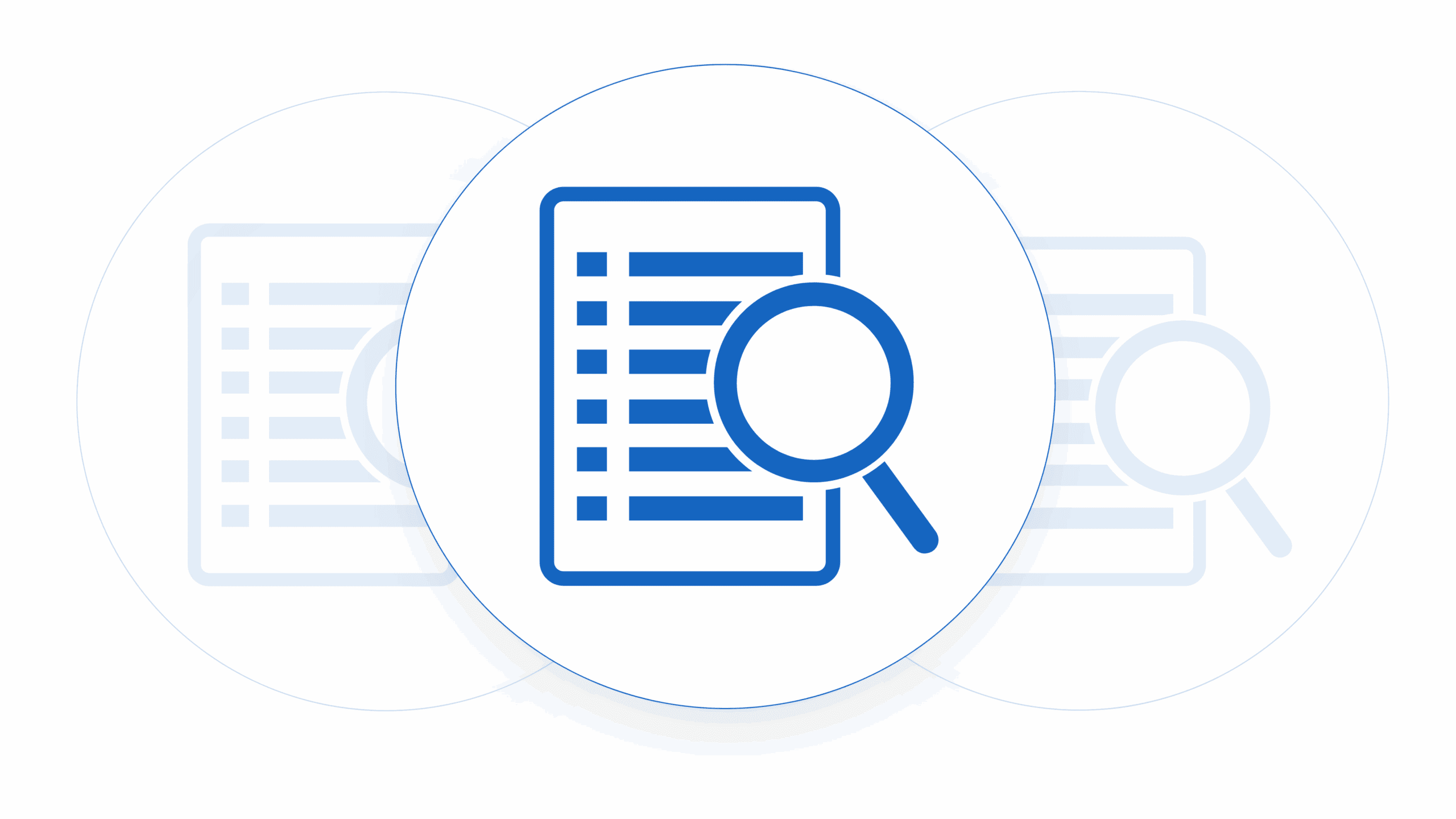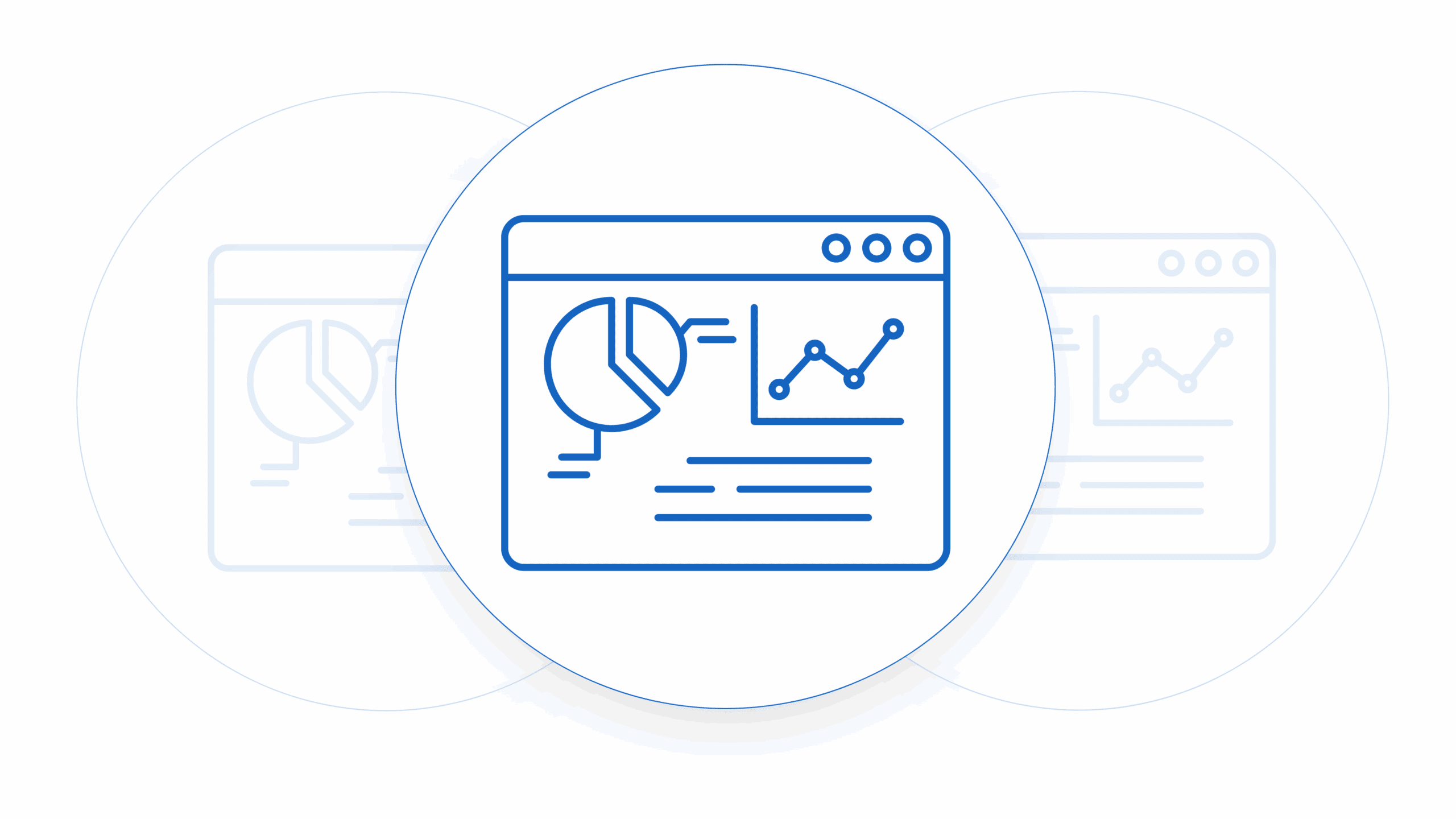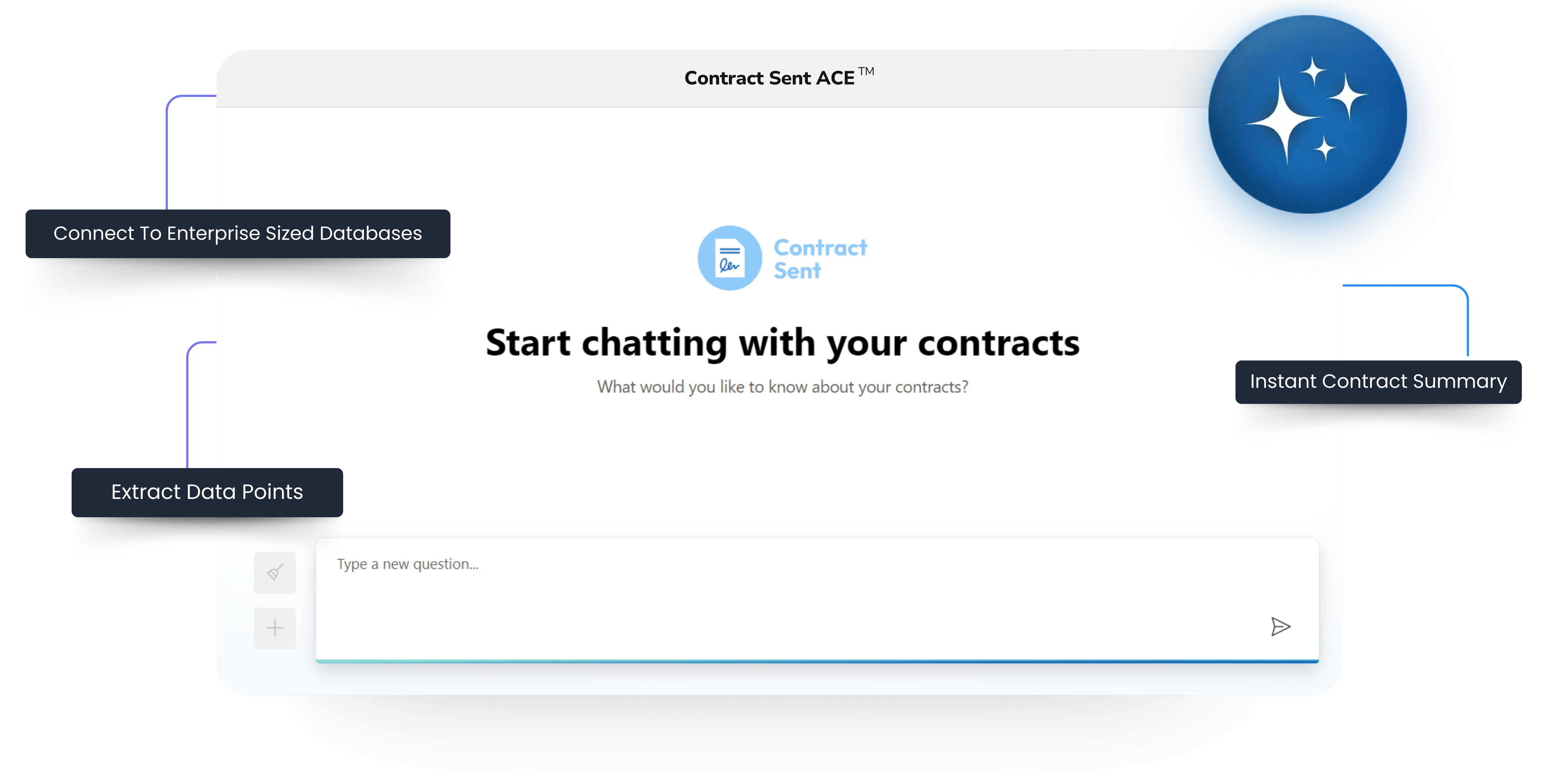When you’re building your startup there’s a point that you get to where you need to transition for founder led sales to hiring your first sales person. You’ll need to ask yourself “how do I hire my first software sales person?”, Hiring your first software salesperson is a big first step in scaling your business and increasing revenue but also it’s often a first misstep by a lot companies. Whether you’re a startup looking to expand your customer base or an established company launching a new product, having the right salesperson on board can make all the difference in achieving your goals. Training them is the second piece of the puzzle.
1. Understanding Your Business Needs (And Your Own)
Before you begin the hiring process, it’s essential to have a clear understanding of how to hire software sales person for your product or service and the target market you’re trying to reach. What unique value does your software offer, and who are the potential customers most likely to benefit from it? A lot of industries require industry experience because they can be quite niche. For other industries this can be taught on the job.
One prerequisite that a lot of founders say they need is a sales person who can bring a ‘black book’ of business relationships that they already have to call on from day one. I’m yet to see this approach succeed once in the last two decades for SaaS sales. It’s often a recipe for setting a sales person up for failure. So be careful what you expect of them. Expectations for a sales person are often the thing that sets them up for success or failure.
2. Creating a Job Description
Crafting a strong job description is key to attracting qualified candidates. Clearly outline the skills, qualifications, and responsibilities required for the role. Be specific about sales targets, communication expectations, and any other relevant details. One of the key things here is to outline the stage that your company is at. Very early stage companies have very different sales needs than later stage, this is something to be aware of.
Still digging in folders?
Faster contract reviews & data access
3. Attracting Candidates
Once you have a job description in place, it’s time to start sourcing candidates. Utilize online job boards, LinkedIn, and social media platforms to reach a wide audience of potential applicants. Consider posting in industry-specific groups and forums to target individuals with relevant experience. Also tap into your network and even look to poach good sales people from those you encounter that are trying to sell to you.
4. Screening and Interviewing
As resumes start to fly in (the job market in 2024 will mean they will literally fly in), take the time to carefully review each one to identify candidates who meet your criteria. Conduct initial phone interviews to assess communication skills and gauge interest in the role. For promising candidates, schedule in-person interviews to delve deeper into their experience and qualifications.
5. Assessing Skills and Fit
During the interview process, pay close attention to each candidate’s sales experience and track record of success. Look for individuals who demonstrate a strong understanding of your product and industry, as well as the ability to effectively communicate its value to potential customers. Additionally, assess cultural fit and personality to ensure they will integrate well into your team. A lot of the skills for a sales person lay in their understanding of different sales methods so expect to check if these align with what you’re looking for.
Ensure sales people are also comfortable with negotiating contracts. Even go as far as providing them with a contract template and ask them what is likely to be negotiated and what is not.
6. Offering the Position
Once you’ve identified the right candidate, extend a formal job offer outlining salary, benefits, and any other relevant details. Be prepared to negotiate terms if necessary, and provide clear expectations for onboarding and training.
7. Training and Support
Set your new hire up for success by providing comprehensive training on your product or service, as well as any sales techniques or strategies they may need to succeed. Offer ongoing support and coaching to help them develop their skills and navigate any challenges they may encounter.
To be honest onboarding a sales person is one of the most important steps in this process. Ensure that they have a strong understanding of your product, market and competitors.
8. Setting Goals and Expectations
Establish clear performance metrics and goals for your new salesperson to strive towards. Communicate expectations for success and provide regular feedback on their progress.
9. Monitoring Performance
Monitor your salesperson’s performance closely, tracking key metrics and KPIs to assess their effectiveness. Provide regular feedback and support to help them overcome any obstacles and continue to improve.
10. Addressing Challenges
Inevitably, there will be challenges along the way of how to hire your first software sales person. Whether it’s a performance issue or a conflict within the team, be proactive in addressing any issues that arise. Offer additional training or resources as needed to help your salesperson overcome obstacles and succeed in their role.
11. Rewarding Success
Recognize and reward your salesperson’s achievements to keep them motivated and engaged. Offer incentives such as bonuses, commission, or opportunities for career advancement to incentivize top performance.
One of the biggest reasons why sales people don’t work out is that they are not looked after when it comes to commission so they are discouraged from pushing for more. When it comes to commission structures things should be clear and easy to understand.
12. Maintaining Engagement
Finally, focus on creating a positive work environment where your salesperson feels valued and supported. Encourage continuous learning and growth, and provide opportunities for them to take on new challenges and responsibilities.
Hiring your first software salesperson is a big milestone for any business. By following these steps and investing time and effort into finding the right candidate, you can set your company up for long-term success and growth.
FAQ’s
Look for signs that your current sales efforts are not meeting your goals or that you lack the expertise to effectively sell your software product.
Seek candidates with strong communication skills, a proven track record of sales success, and a deep understanding of your product and industry.
Utilize online job boards, professional networking sites, and industry-specific forums to source potential candidates.
Provide comprehensive onboarding and training, foster open communication, and encourage collaboration among team members.
Offer competitive compensation and benefits, provide opportunities for career advancement, and create a positive work culture that values and rewards success.












